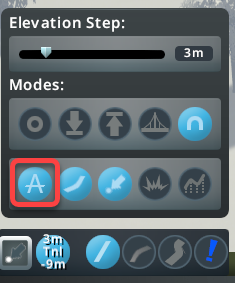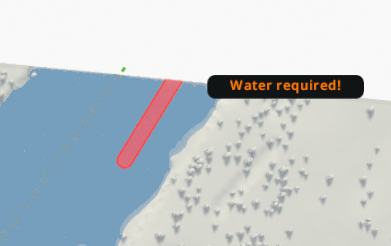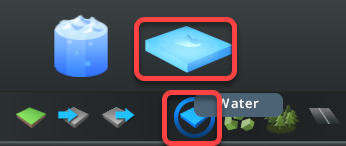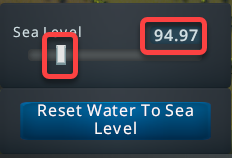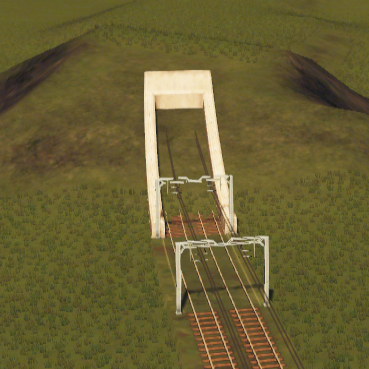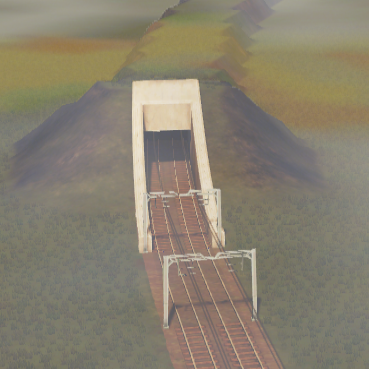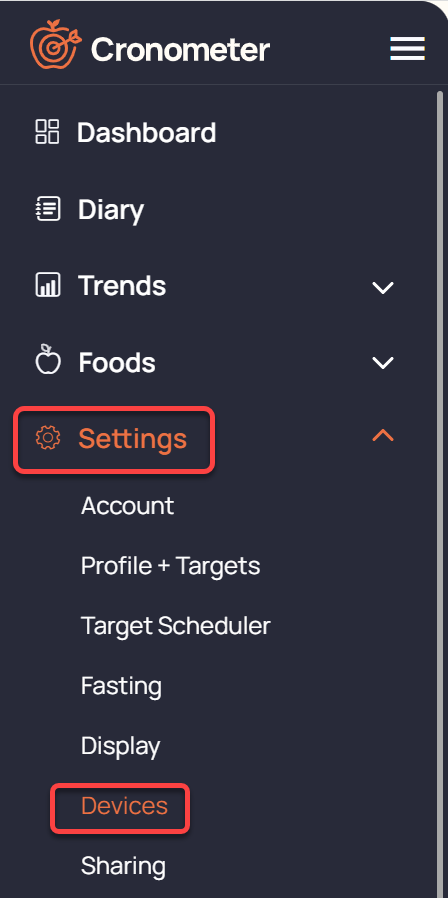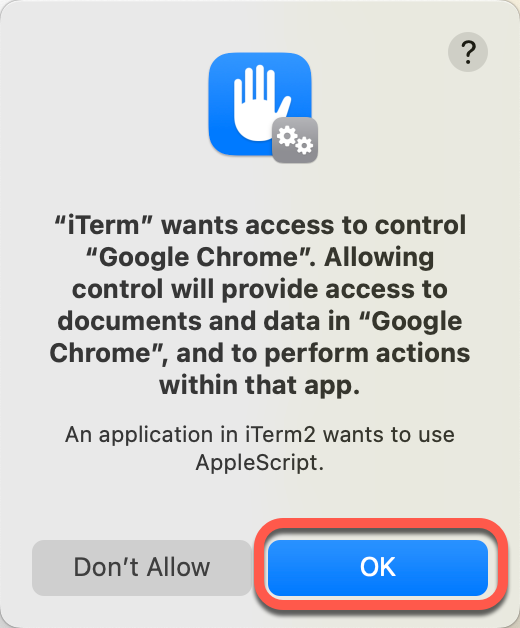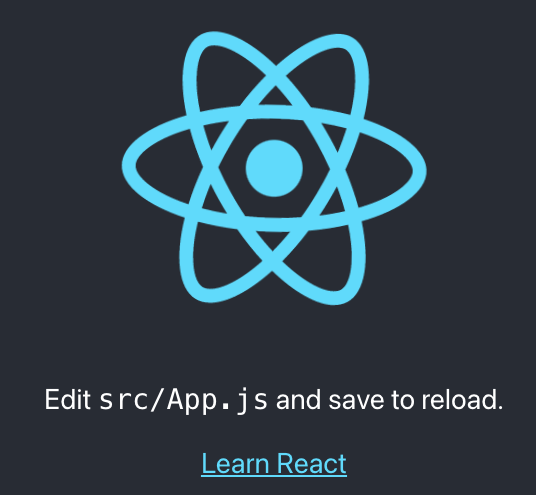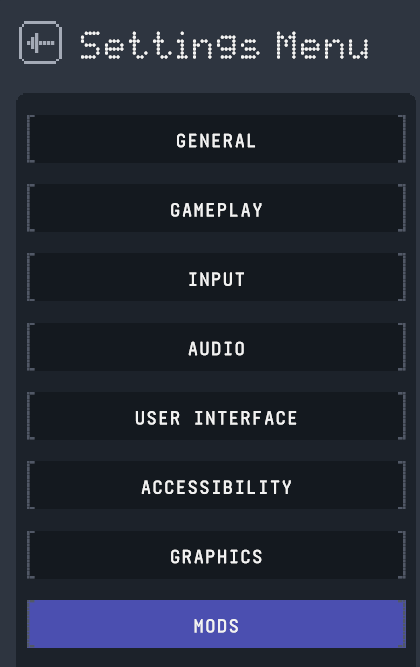Black River
| Location | Has | Needs |
| Warehouse | Bricks (1 unit) Concrete blocks (1 unit) Service spare parts (1 unit) Metal beams (2 unit) |
| Task | What | From | To | Notes |
| Contract | What | From | To | Notes |
| Pipe Dream | Heavy Fuel Tanker Semi-Trailer Bricks x2 (1 unit) Metal Beams x1 (2 units) | Garage Warehouse Warehouse | Factory Factory Factory | Fuel trailer notes: When you arrive to the factory with the fuel trailer fill up your truck from it and park the fuel trailer anywhere in the factory. It will disappear when the rest of the goods are delivered and the contract completed. Bricks, Metal beams notes: There is a 2 unit trailer in the warehouse. You can deliver the bricks and the beams at the same time. See How to tow a trailer if a loading crane is installed in SnowRunner if you cannot attach a trailer to the truck because you have a loading crane installed. |
| Not a drill | Metal beams x2 (2 units each) Oil Rig Drill x1 (5 units) Construction rig semi-trailer (high saddle needed) | Warehouse Service site in Smith Dam Factory | Drilling site | Use a trailer to carry both beams at the same time. |
Smithville Dam
| Location | Has | Needs |
| Service Hub | Service spare parts (1 unit) Oil rig drill (5 units) Vehicle Spare Parts (1 unit) | There is a Garage North west of the Service Hub |
| Farm | Consumables (1 unit) | |
| North-West corner | Ramped flatbed trailer with 2x steel beams | (Moved to Drilling Site) |
| North-West corner | Flatbed trailer with 2x Vehicle spare parts | (Moved to Drilling Site) |
| South-West Warehouse | Wooden planks (1 unit) Concrete blocks (1 unit) Metal beams (2 units) |
| Task | What | From | To | Notes |
| More Fuel | Fuel x2 | Drilling Site | Forester’s House | |
| Rock On | Service spare parts x2 | Service Hub | Road block next to garage | There is a Garage North west of the Service Hub |
| Hungry Workers | Consumables x2 | Farm | Drilling site | |
| Across the river | Curtainside trailer | Drilling Site | Sherman Island | Offroad truck is recommended |
| Solid foundation | Concrete slabs x1 | Warehouse or Drilling site | Norton’s House in North-West corner | Truck with crane is recommended to pick up at Drilling Site |
| Threatening Accident | Fuel Station at East | Truck with crane is recommended | ||
| Smithville Bridge | Wooden planks x2 | Dam | ||
| Unlucky Fisherman | Chevrolet CK1500 | East of the Quarry | Fisherman’s House | |
| Winter Stores | Maintenance trailer, Vehicle Spare Parts 2x | Logistics Base | The Maintenance Trailer is on the Black River drilling site; if it isn’t, you can always restart the contract and it will spawn there. The correct trailer is marked with the magnifier icon.  It needs at least 201 L fuel in it. You need to have the trailer attached or winched to the truck with both the truck and trailer inside the zone for it to count. The Vehicle Spare Parts are on the flatbed trailer at the Drilling Site |
| Contract | What | From | To | Notes |
| Contest | What | From | To | Notes |
| Going Under | Rescue a floating house |
Drummond Island
| Location | Has | Needs |
| Log Station | Wooden planks (1 unit) Long logs (1 long log unit) | |
| Close to South Fuel Station | Large concrete pieces on sideboard trailer |
| Task | What | From | To | Notes |
| Cousin Cletus | Oil barrels x2 | Lighthouse Keeper | Bring a heavy crane to pick up the first crate of barrels close to the Drummond Bridge. The cliff above the barrels in the North-East is very high, so normally the cable of the crane cannot reach them. You need to hang the truck from the cliff. It looks like any truck and crane is fine as long as it is dangerously hanging above the void. Equipment examples: White Western Star 4964 with the yellow crane, Pacific P12 with the red Profcrane 320. It looks like all rear or front wheels have to be in the air. 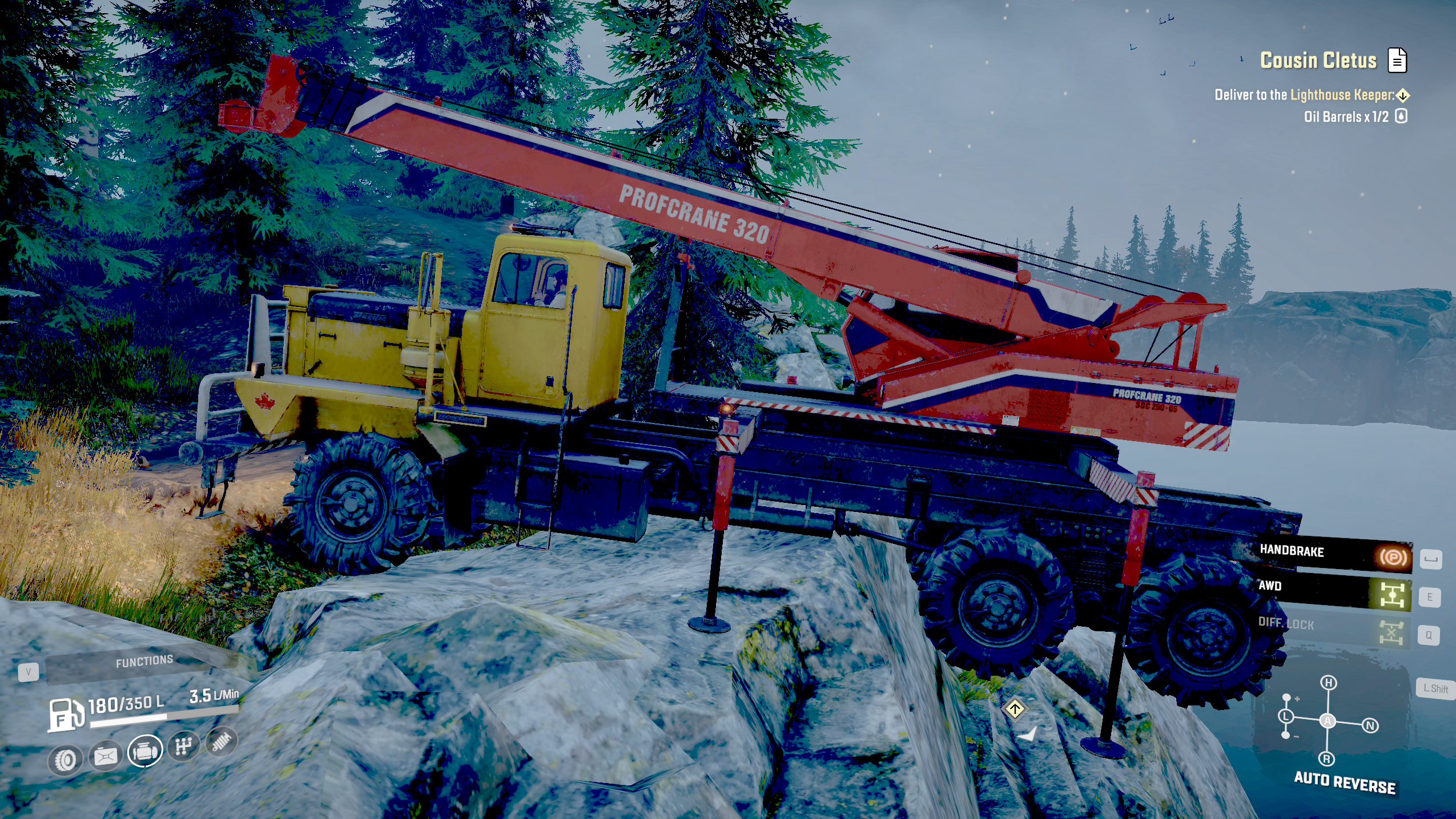 Once the barrels are on the cliff, you can pick them up with another truck.  | |
| Support local rangers | Wooden planks x2 | Log Station | Ranger’s Bridge | |
| Tourist Attraction | Explore Hollis Island | Scout is recommended | ||
| Lost Delivery | Special cargo x3 | ? | South-West Log station | Truck with crane recommended |
| Of bridges and men | Wooden planks x2 | Log Station | Island’s Bridge | |
| Ten-Hunt | Metal beams x2, Concrete slab x2 | Drummond Bridge |
Island Lake
| Task | What | From | To | Notes |
| Hunter Bob’s Bridge | Wooden planks x4 | Log Station | Bob’s Bridge | |
| No country for old truck | Restore Western Star 6900 TwinSteer | Repair it and fuel it up | ||
| Rusty Legacy | Chevrolet CK1500 | North-East Log Station | Farmer’s house | Offroad truck is recommended |
| The huntsman and the car | Scout 800 | Center of the map | Hunter’s Parking | Offroad truck is recommended |
| A little help for my frineds | Reach 6 points | Scout recommended |
| Contest | What | From | To | Notes |
| Flaming Barrels | Oil barrels |
